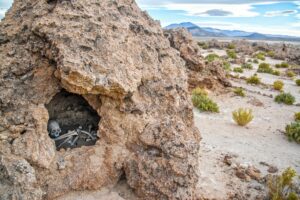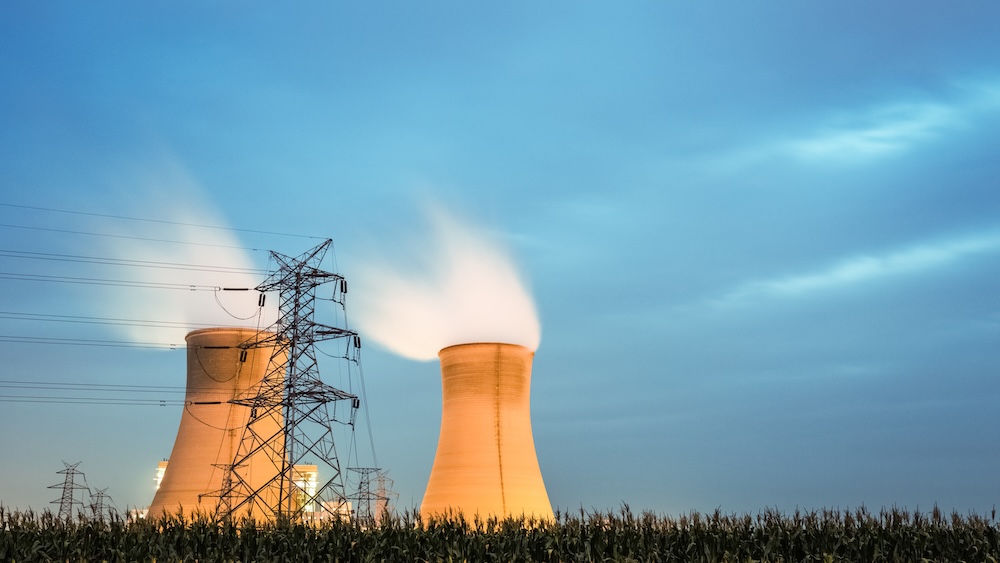A Low-Carbon Label That Hides a Toxic Truth
As the world scrambles for solutions to the climate crisis, nuclear power is making a comeback. It’s often praised as a low-emissions energy source — one that could help replace fossil fuels and stabilize grids without the unpredictability of wind or solar. Politicians call it “clean.” Some environmental groups even back it under the banner of net-zero.
But there’s a critical flaw in this narrative: “clean” does not mean harmless.
Nuclear power may release fewer greenhouse gases, but its legacy of radioactive waste, catastrophic risk, and unresolved storage problems tells a more complicated story — one that many would rather ignore.
Let’s unpack the myth of nuclear energy as “clean” and explore why that label does more harm than good.
The Lifecycle of Nuclear Energy: What ‘Clean’ Ignores
The label “clean” usually focuses only on operational emissions — how much carbon dioxide is released when generating electricity. In this narrow view, nuclear plants appear virtuous. But real environmental impact goes beyond what comes out of the smokestack.
Here’s what that label leaves out:
- Uranium mining destroys ecosystems and generates radioactive tailings
- Plant construction is resource-intensive, carbon-heavy, and often delayed for decades
- Fuel processing and enrichment produce toxic byproducts
- Used fuel rods remain lethal for tens of thousands of years
- Decommissioning a plant takes decades and produces enormous waste
This is not a clean, circular system. It’s a high-stakes industrial process that leaves behind materials too dangerous to touch for generations.
Radioactive Waste: The Elephant in the Cooling Pool
Every nuclear plant creates high-level radioactive waste — mostly spent fuel rods — which remain toxic and unstable for millennia. No country on Earth has a fully operational, long-term disposal system for this waste.
Most of it is kept in:
- Spent fuel pools, which require constant cooling and power
- Dry casks, stored on-site in fortified containers
These are temporary solutions. Earthquakes, floods, terrorism, or power outages could turn them into environmental disasters. We are essentially storing future crises in silence — and calling it clean.
Nuclear Accidents Aren’t Theoretical
The risk of a major nuclear disaster may be low in probability, but the scale of harm is enormous when it happens. It’s not just about human casualties — the environmental destruction is long-term and widespread.
Examples include:
- Chernobyl (1986): Radioactive fallout across Europe; exclusion zone still exists
- Fukushima (2011): Ocean contamination, mass evacuations, and ongoing radioactive water releases
- Three Mile Island (1979): Partial meltdown; major turning point in U.S. public trust
Each incident released harmful isotopes into the atmosphere and water, many of which are still traceable today. “Clean” should never mean “safe until it isn’t.”
The Financial and Environmental Cost of Decommissioning
Shutting down a nuclear plant isn’t simple. Decommissioning takes 30–60 years, costs billions of dollars, and produces large amounts of radioactive rubble.
Even after shutdown, the plant site may remain unusable for decades. That’s not a clean exit — it’s a long, expensive fadeout with toxic baggage.
The Greenwashing of Nuclear Power
Calling nuclear power “clean” is a form of greenwashing — using eco-friendly language to make something sound more sustainable than it truly is.
Why do governments and corporations do it?
- It’s politically convenient: A single plant provides huge energy output with low CO₂ emissions
- It’s financially tempting: Billions in subsidies and infrastructure deals
- It sounds progressive: Pushing nuclear as “green” lets leaders claim climate action without addressing the root causes of energy overconsumption
But the clean image falls apart under scrutiny.
What About New Technologies Like Small Modular Reactors?
Advocates point to Small Modular Reactors (SMRs) as a safer, cheaper, and more scalable form of nuclear power. But even these newer models:
- Still generate radioactive waste
- Still rely on fossil-fuel-heavy mining and materials
- Have yet to be deployed at scale or prove long-term safety
Promising designs don’t solve the core issue: what to do with the waste.
Cleaner Alternatives Do Exist
It’s not nuclear or coal. We don’t have to choose between toxic legacy and carbon overload.
Solar, wind, geothermal, and tidal energy sources are genuinely clean in that they:
- Don’t leave radioactive waste
- Don’t require deadly mining
- Can often be built or installed quickly and safely
No energy source is perfect, but the bar for “clean” should be higher than “at least it’s not oil.”
Final Thoughts: Redefining “Clean Energy” for the Future
The problem with calling nuclear power “clean” isn’t just about technical semantics. It’s about misleading the public, delaying real solutions, and continuing systems that quietly harm people and the planet long after the headlines fade.
We need to rethink how we define “clean” — not just by carbon output, but by:
- Waste footprint
- Long-term safety
- Environmental justice
- Intergenerational impact
Until we do, we’re not building a sustainable future — we’re just rebranding an old problem in green packaging.
FAQs: Is Nuclear Energy Really Clean?
Is nuclear power zero emissions?
Not entirely. While reactors emit low carbon during operation, mining, construction, decommissioning, and waste management are carbon-intensive.
Is nuclear safer now than in the past?
Designs have improved, but risk still exists — especially in aging plants or under climate-related stress (e.g., floods, wildfires, earthquakes).
What happens to nuclear waste?
Most is stored on-site in pools or dry casks. There is no long-term global solution for safe disposal.
Can small modular reactors fix these problems?
SMRs may offer safety improvements, but they still generate waste and remain unproven at scale.
Should nuclear be part of a clean energy future?
That depends on how you define “clean.” If low carbon is your only metric, maybe. But if safety, waste, and long-term impact matter, the answer becomes more complicated.









Reader Interactions